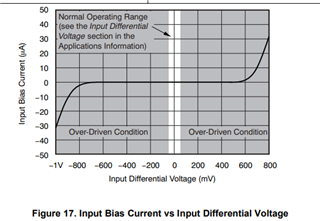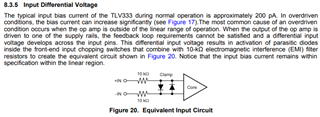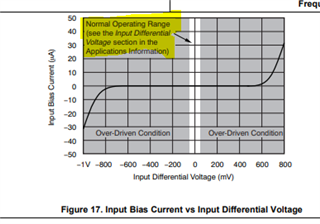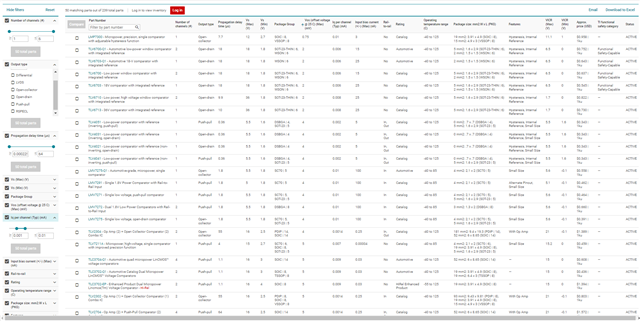Other Parts Discussed in Thread: OPA397, OPA396, OPA392, OPA391, OPA320, OPA196, OPA191
Hi
My customer is using TLV2333.
The input differential voltage is 2V, but the graph below is expressed only up to 800mV.
I want to know the input bias current in 2V.

Thanks




